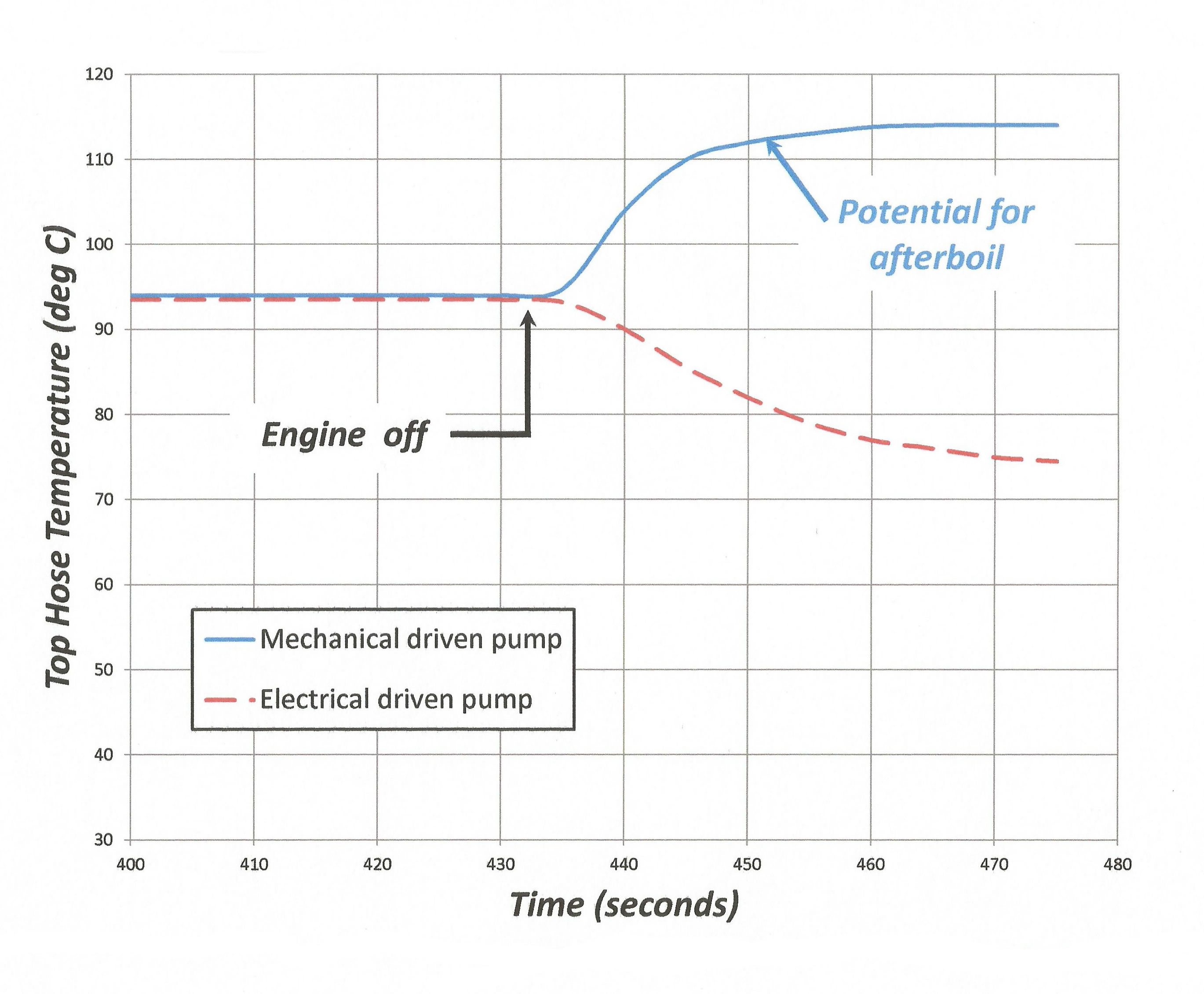The all-electric water pump
There was a time when the nearest any electrical signal could get anywhere close to an internal combustion engine was in the condenser to the ignition system. Discharging an electrical pulse through the ‘points’ of the mechanical distributor to fire the spark was about as much electrical energy as one needed but, of course, times have changed. In my view the rot set in with the invention of the silicon chip and its application to electronic fuel injection. Since then, electronic fuel injection has morphed into complete engine management, and now electric motors are sprouting everywhere – particularly in the engine support function, where pumps or other support devices have traditionally always been driven off the crank or cam.
Electric fuel pumps are now common, but although direct-injection pumps have reverted back to mechanical for the time being, I wonder how long it will be before they too, in the search for better starting, will go to electric.
These days we can drive turbo-compressors and control the coolant temperature electrically, replacing the good old wax thermostat. There are even plans to introduce electric oil pumps – though possibly not just yet. These no doubt have their benefits in fuel economy in production vehicles, but the opportunity to produce the biggest benefit for the rest of us is in powering the water pump.
The problem with the mechanically driven water pump is that, being geared to the crankshaft, its installation is very much a compromise. During the engine cold-start and warm-up phase, a mechanical pump working off the crankshaft will actually delay the time to reach the ideal working temperature (around 75-85 C). This is perhaps not so important for competition vehicles, but in the world of high-performance road vehicles, and with carbon dioxide/fuel economy emission legislation becoming imminent, rapid warm of engines is seen as critical.
At the other end of the performance envelope, the pump has to transfer the maximum heat coming from the engine and dissipate it through the vehicle radiator. The pump may be selected to cater for the worst-case condition but in the case of, say, a cruise condition or when running at high speed but only part-throttle, the mechanical pump is working faster than needed for a given cooling requirement. And working faster means greater power consumption. But as well as that, all this uses fuel, producing higher fuel consumption in road vehicles and greater start-line weight in competition vehicles.
However, to me as an ardent support of club motorsport, the biggest benefit arises when the engine is not working. After completing your ten or 15 laps out on the circuit and coming straight into the pits or paddock, switching off the engine will result in a phenomenon called heat soak. Here the residual heat of combustion will steadily ‘soak’ into the surrounding water jacket which ordinarily would transfer the fluid to the radiator via the recirculating coolant to dissipate this heat in the normal way.
But since the crankshaft has stopped rotating, and along with it the water pump, under these conditions no such heat transfer can take place. The coolant temperature in the engine will therefore steadily increase until it reaches the boiling point of the fluid at the particular pressure prevailing, at which time it will start to boil. At this point, releasing this pressure by, say, removing the system header tank pressure cap will inevitably cause the fluid to boil instantly, spraying superheated coolant everywhere. Also, the excessive temperatures reached around the engine caused by this heat soak could introduce damagingly high levels of strain within the engine, leading to gasket failure or permanent distortion of block/head or possibly even both.
The introduction of the electric coolant pump allows the coolant to flow independently of the engine, such that when switching off the engine the coolant is still allowed to circulate, dissipating the heat in the normal way. When the top hose coolant temperature has fallen to a safe value, the pump can automatically switch off.
So I have to admit, not everything electrical is bad.
 Fig. 1 - Afterboil
Fig. 1 - Afterboil
Written by John Coxon